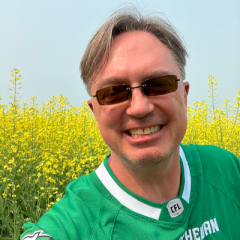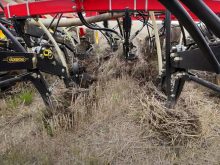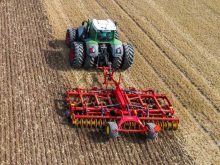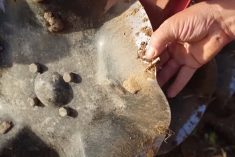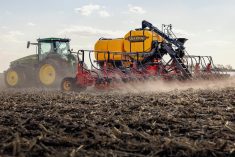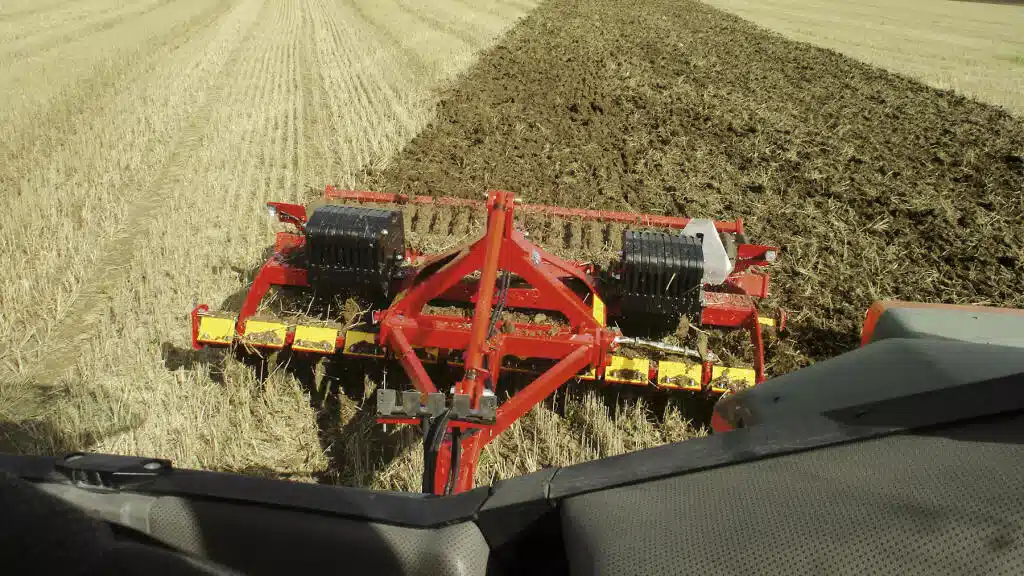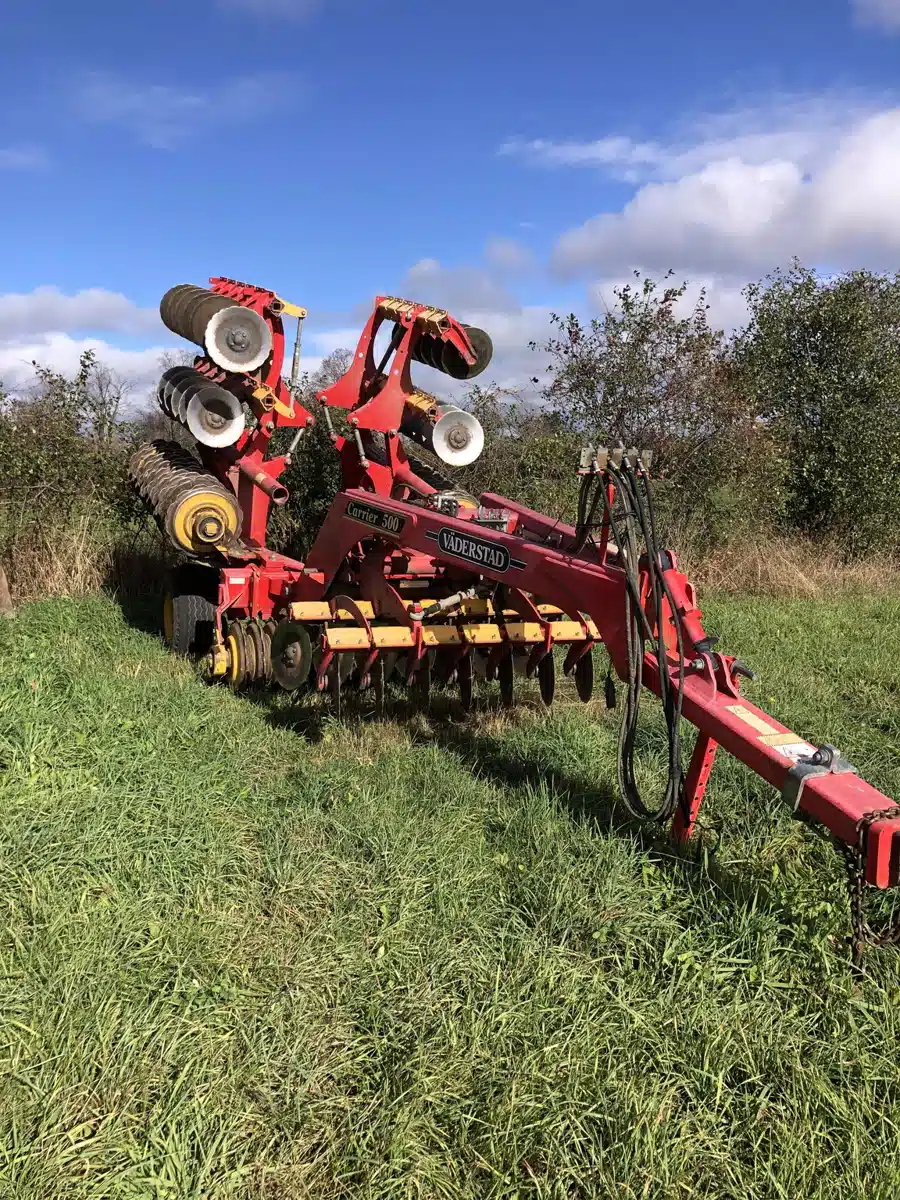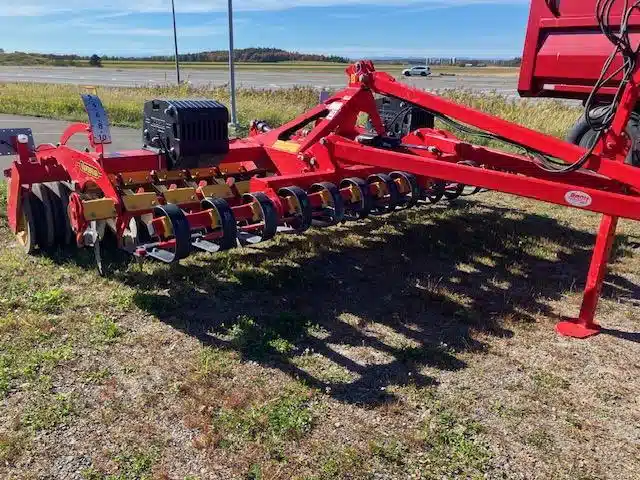From the outside looking in, family appears to be the glue that holds Swedish equipment manufacturer Väderstad together. It’s been at the core of the company’s formula from its beginnings in 1962 to modern day, and it isn’t likely to change any time soon.
Since 2022, Henrik Gilstring has been the CEO of Väderstad – a company his grandparents created – and a role that his mother, Cristina Stark, also once held for a period of years. During a recent visit to the factory and testing grounds in the eponymous municipality in Sweden, we had the opportunity to speak with Gilstring about where Väderstad is planning to grow its presence, what new products it has in the pipeline and learn about a company expansion on the home front that will allow it to build up to 10,000 pieces of equipment annually by 2027.
Read Also

Claas brings 1000 Series SP forage harvesters to Canada
In mid-August, Claas unveiled its new line of Jaguar forage harvesters at an event in Visalia, California, deep in the heart of that state’s dairy region.
[VIDEO] Väderstad CEO Henrik Gilstring talks about technology and innovation at the company, the new factory expansion in Sweden and humanitarian efforts in Ukraine.
(Note: Some responses below have been edited for clarity and length)
Greg Berg: What equipment do you see opportunity for growth in Canada?
Henrik Gilstring: The Seed Hawk is really appreciated among many Canadian farmers. It’s been a great success both for us and also for Canadian farmers. We’ve had growing business in Eastern Canada, and that’s primarily over the last few years with machines from the factory here in Sweden. And that’s really all type of products, different tillage products, disc implements, tine implements, seeders, and Tempos. Now we’re seeing growing interest in Western Canada with tillage products like the Top Down, the Carrier, and also with some Tempo planters. So there we see increasing potential.
GB: What is Väderstad’s approach to agricultural sustainability?
HG: So, our products have often made it possible to do two or three different things in one pass. So that’s more sustainable – you burn less fuel, you’re less in the field. Now we see a lot of interest with minimizing tillage and using no-till. So that’s definitely something we’re driving as well with the introduction of the of the Seed Hawk here in Europe, for example. We’re also saying that precision makes it possible to use less fertilizer or less seed in your cropping system. That’s something we’re working diligently with.
GB: Running a farm is a lot like running a business, and it often intertwines with family members. What strengths are there to being a family-run company?
HG: I think that running a company like this, in a family setting and running a farm, you need need to be committed for the long term. Sometimes you need to invest in the future, but you’re always focused on doing the right thing in the long term. I think that’s something that we really have in common with our customers. I also think coming from a farming background here, and the family having farmed in this area for a long time – and before the company was started and growing to what it is today – we really understand the importance of customer service, customer support and customer relations. The customer should always be able to trust us as their partner in their farming business.
GB: What challenges are there to being a family-run company?
HG: Of course it can be challenging to have your family members as your colleagues or as your board members, because there’s a certain dynamic in relations, relationships, and so on. You also have this thing with succession and generational shifts that you have to work through. It’s about the business and the shares, and it’s also about the relationships. There is a certain complexity there, but there’s always really high engagement and that makes work more fun and more motivating. When you’re running a business together with your family, you own the business in your family. I find that really motivating and engaging.
GB: You all have a vested interest in how the company succeeds, I guess that’s a way of saying it?
HG: Absolutely. It’s not only that, it’s also that we want to be proud of what we’re owning and the business we’re running. We want to do it in a really good way for our customers. We want our customers to be happy, proud Väderstad owners, and we also want to run the business in a responsible and sustainable way.
GB: Who do you see as your mentor?
HG: I have a dialogue with with many family members. But of course, my mother, who has also been in similar processes as she was the CEO for a few years, discussions with her have been very important. We’ve also decided to recruit an external chairman for the company. So that my boss, so to speak, is not a family member, but someone from the outside. And that’s a really experienced person from the industrial business in Sweden.
GB: What’s next in the growth pipeline for Väderstad?
HG: The U.S. is definitely an important part of our overall growth strategy going forward. And we’re currently building a large office building with a training center for dealers and customers in Wahpeton, North Dakota. That’s also kind of a testament to our commitment to the U.S. market. We also see a real benefit for synergies and the opportunity to sell U.S. products in Canada and the other way around. I think our whole North American business and our North American customers will benefit from our expansion in North America.
(Note: As part of Väderstad Press Tour 2024, travel and accommodations were provided by Väderstad for attending journalists.)

